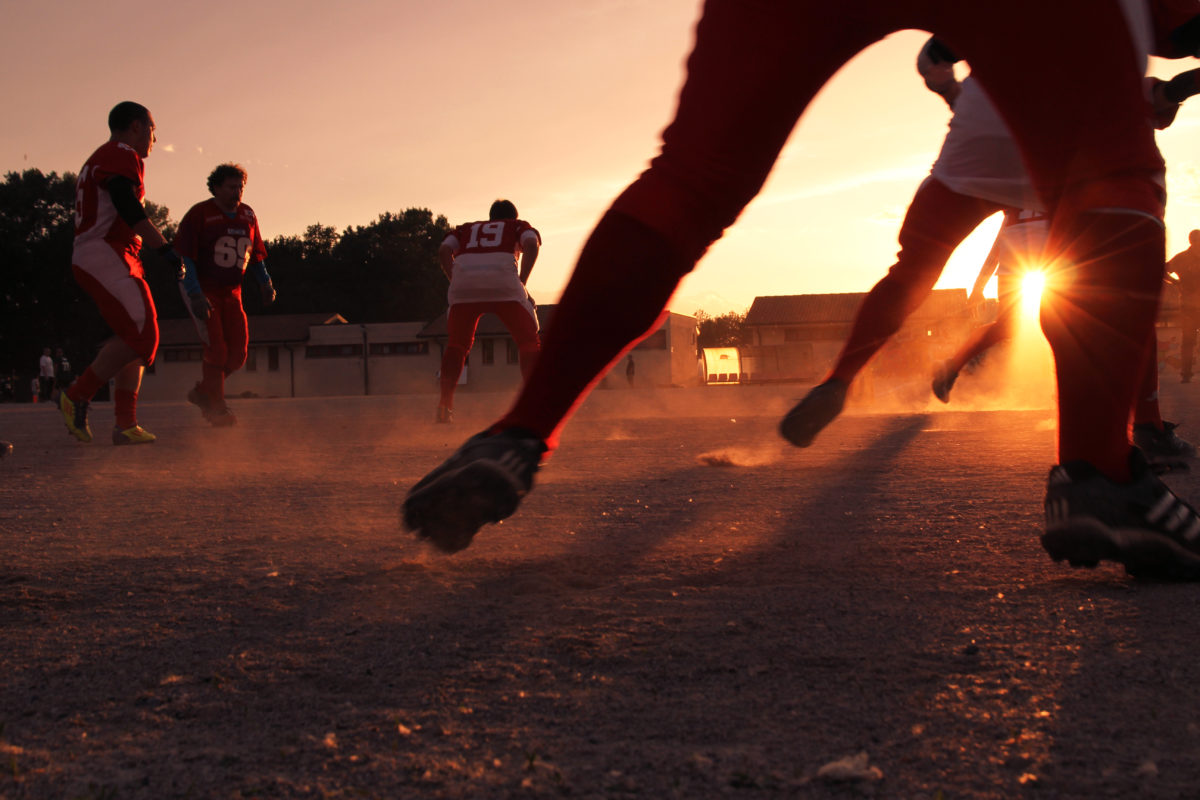6 Revelations About Back Pain
6 Revelations for Back Pain Sufferers
1. An overuse syndrome is likely to be at the root of your pain.
Overuse syndromes occur when active, strong muscles compensate for inactive, weak muscles. This “double duty” means more work and less rest! The path to recovery from lower back pain therefore requires:
a. Rest for strong, overused muscles
b. Activation and strengthening for weak muscles.
Unfortunately, the vast majority of pain management plans only focus on treating (stretching, releasing or rolling) the strong, tight muscles. Strategies that also address the primary cause – weak muscles – will be more effective and longer lasting. Find and strengthen weak muscles around your spine.
2. It is not just about weak abs or glutes….
Most often, the search for weak muscles leads exercise professionals towards the abs and glutes. However, the search should begin amongst the sore back muscles themselves (back muscles referring to the hip, quadratus lumborum and spinal erectors). Adjacent to the strong, overused muscle fibres are weak muscle fibres. These weak synergists are far more relevant than the relatively distant fibres of the abdominals and glutes. Activating “primary” synergists will quickly reduce stress imposed on painful muscles.
Without extensive experience, identifying weak muscle fibres can be challenging. Strength testing, postural assessments, searching for atrophied muscles and movement assessments can all offer some pearls as well as pitfalls. A tremendous advantage exists in knowing the exact details of muscular relationships. Look for much more insight in future Tarodo articles and courses.
3. Always consider the psoas!
Pigeonholed as a hip flexor, it is often forgotten psoas originates on the spine. A tight and painful psoas can actually shift shift the spine and contribute to feelings of back pain! With a painful psoas, performing situps will feel like murder and even stepping forward on the affected side will trigger pain. Do not consider psoas and iliacus one muscle – they have distinct functions, stretches and relationships. If psoas is strong and tight – iliacus will always be weak and will need to be strengthened.
4. Your left and right side must not be treated equally!
Everybody has a muscle recruitment bias. Our bodies always favour activating some muscles over others. This recruitment bias creates an interesting asymmetry. Essentially, if a muscle is tight and overactive on your right side its counterpart will be weak and inhibited on your left side. For example, if your right side psoas is tight and overactive your left side psoas will be weak and inhibited. This explains why spines become curved, hips uneven and shoulders mismatched. A therapeutic program must accommodate this asymmetry. If you are doing exercises and stretches that affect both sides of the body equally you will remain unbalanced!
5. Muscular balance influences bone.
Often overlooked, but alluded to in revelation number 4, uneven muscular tension is a major factor in skeletal health. Your recruitment bias will cause bones, including vertebrae, to shift – making you prone to conditions such as arthritis, intervertebral herniations and nerve impingements. Don’t let muscular balance become the forgotten factor when addressing conditions ascribed to bones!
6. Spine stress should be “cycled”.
Plan your spine’s stress exposure. If you want to follow a program that heavily stresses the spine for six weeks (featuring squats and deadlifts) it would be prudent, upon completion, to shift to a program that lightly stresses the spine for six weeks (featuring split squats and lunges). At work, shift postures to change stress points. Lying flat provides an opportunity to decompress the spine (although this may stress your boss). Another option is to cycle usage of a weight belt or other supportive device. Stress and then let rest!
